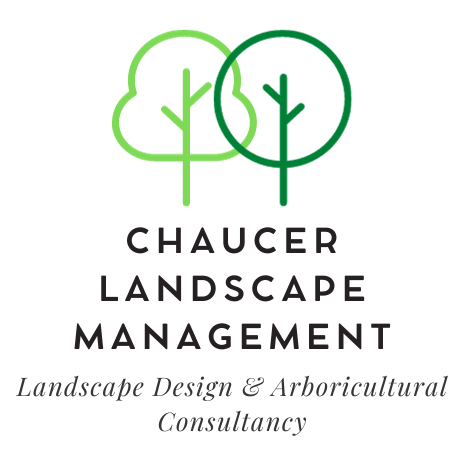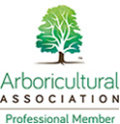In my day job as an arboricultural consultant and landscape designer, I often hear misconceptions over the legal responsibility of landowners where their trees are concerned.
The most common of these is that the failure of a tree is an “act of God” so no-one can be held legally responsible for any consequent death or injury. This is absolutely not the case, nor is it true that landowners will always be held to account for the failure of their trees.
The law on this subject is based on case precedent (i.e., the common law rather than statutes laid down by Acts of Parliament) and provides a fairly common-sense approach for landowners.
Bearing in mind that the facts in each case will inform the outcome, the general position is as follows:
A landowner has a duty of care (i.e. a liability in tort) to third parties where it is reasonably foreseeable that damage or injury may result from trees in their possession. This is the case whether or not the damage or injury takes place on the landowner’s property – for example the landowner could be held liable for a tree falling from their property onto a public highway or footpath, or onto a neighbour’s land. What’s less well known is this liability may even extend to trespassers (less in the case of tree failure but this would relate to for example an unsafe building or well where the landowner could reasonably foresee trespass).
So, there are 2 things the landowner must take into account – is it “reasonably foreseeable” that:
- people or property could be subjected to harm if a tree failed and;
- there were outward signs of dysfunction in the tree before it failed.
The second duty of care requires the landowner to recognise where a tree is potentially dangerous and if so, to have it inspected by a professional arboricultural consultant. Where a consultant advises the tree is safe, the landowner’s liability ends, even if the tree subsequently fails (this is why we consultants carry Professional Indemnity insurance). If a consultant concluded it is not safe, the tree owner must have remedial works carried out within the recommended timeframe – often this will involve reducing the tree’s crown (lessening the leverage effect of large limbs on the stem), although ultimately the removal of the tree may be prescribed.
This doesn’t mean everyone owning a tree has to be a tree expert! The test of reasonableness here is very pragmatic. Everyone knows that a tree which has recently developed a limbo-inducing lean with its roots exposed on the windward side is probably unsafe. Trees which lose all or part of their leaves in mid summer are clearly showing signs of ill-health, and fungal brackets on the stem or around the base would indicate that something is amiss, as would large cracks in stems or branches.
It should be remembered that seemingly healthy trees do fail, sometimes for no apparent reason. If there are no outward signs of dysfunction prior to failure, it’s unlikely a landowner would be held responsible. On the other hand, if the landowner is found to be negligent in the exercise of their duty of care, a claim for negligence may follow with financial compensation being awarded where upheld by the courts.
Disclaimer: although through my former business career I’m well versed in the law, I’m not a legal professional; you should always take appropriate professional legal advice.


